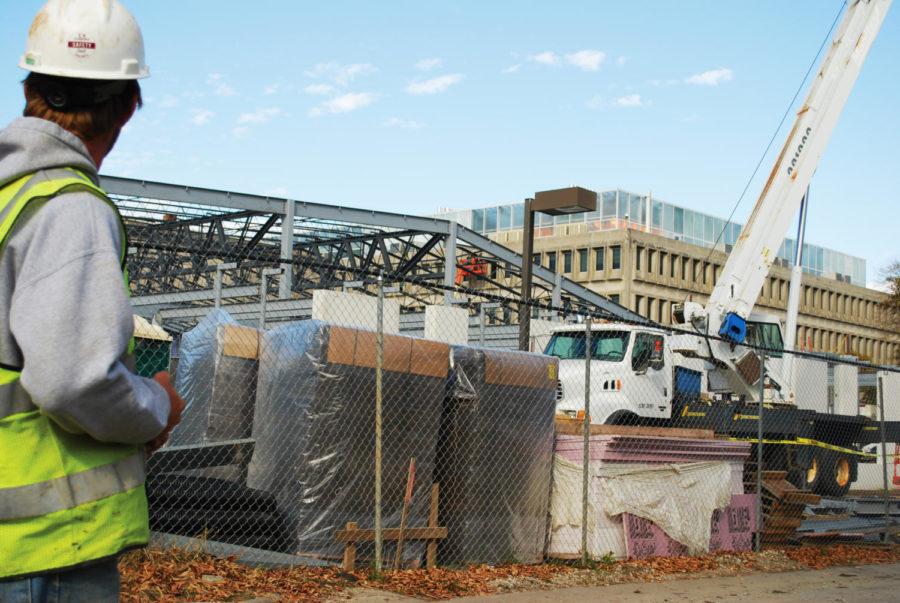20-year plans accommodate construction of new buildings on campus
October 16, 2012
As times continue to change and technology further develops itself, the need for new and renovated facilities is ever-present, especially with Iowa State’s escalating number of students.
About two years ago, Iowa State began a 20-year planning process to accommodate these shifts with more space and facilities. The steps for the process are split up into three focus groups made up of faculty members who are at the cutting edge of what’s new: trying new things in terms of how they teach and do research.
The focus groups are based on the topics of learning space, research and places for scholars to collaborate. The future and flexibility qualify as the main focus of the planning. The first category is different kinds of learning spaces.
David Holger, associate provost for academic programs and dean of the Graduate College, plays a large part in the planning.
“We need to think about important features and capabilities in learning spaces 10 years from now,” Holger said. “Technology will play a bigger role for learning, teaching and research. We build buildings to stand for 80 to 100 years, but in a way that’s flexible so you can use it in ways that you didn’t imagine when you first built it.”
Troxel Hall currently is being constructed with these ideas in mind. Aside from hoping to hold more space for chemistry and biology lectures, the hall is also envisioned to provide areas for collaboration on projects and research. Because of the added lecture space, vacancies across campus will appear, offering other departments to benefit from the project as well.
Another category is a student innovation center: a facility that the colleges of Engineering and Design are talking about using jointly.
“It’s on the request as a place that would allow students and faculty to collaborate on projects that may involve prototypes and other things like that,” Holger said.
The third group focuses on biosciences. In addition to Troxel Hall, the agricultural and biosystems engineering building is currently under construction. Jay Harmon, professor of agriculture and biosystems, feels that the new facilities are definitely needed.
“There is limited space, an aging infrastructure and growing needs for updating teaching labs to meet the needs of over 600 students in three degree programs. [Agriculture and biosystems engineering] tends to have many hands-on labs and to meet the challenging needs of educating students on the latest technologies, it is necessary to provide new and expanded space,” he says.
Students will benefit from new teaching approaches and modernized technology. Some of the new facilities will include space for prototype development, expanded labs and much more.
“ISU agricultural and biosystems engineering was the first ag-engineering department in the world,” Harmon said. “We have been rated in the top three programs in the nation for at least the last decade. One of the weak points of our department has been outdated facilities.”
Holger feels this 20-year planning process will prepare Iowa State for the steadfast future.
“It’s not a correct long-term view to think we’re going to teach the same way we have or do research in the same ways we have,” Holger said. “We have to predict what the trends are there. People’s thinking has changed. Ten years from now, who knows what will be.”







